Rising Disposable Income
The leather goods market in the US is experiencing a notable increase in demand, driven by rising disposable income among consumers. As individuals have more financial flexibility, they are more inclined to invest in premium leather products, which are often perceived as luxury items. This trend is particularly evident in urban areas where the average household income has seen a rise of approximately 5% annually. Consequently, the leather goods market is likely to benefit from this economic uplift, as consumers prioritize quality and durability in their purchases. Furthermore, the growth of the middle class in the US is contributing to a broader customer base for leather goods, enhancing market potential. As a result, brands are increasingly targeting this demographic with tailored marketing strategies, which may further stimulate sales in the leather goods market.
Expansion of Retail Channels
The leather goods market is experiencing an expansion of retail channels, which is enhancing accessibility for consumers. Traditional brick-and-mortar stores are increasingly complemented by online platforms, allowing brands to reach a broader audience. The rise of omnichannel retailing is particularly noteworthy, as it enables consumers to shop seamlessly across various platforms. Recent data suggests that online sales of leather goods have grown by approximately 15% in the past year, indicating a shift in consumer shopping behavior. This expansion is not only beneficial for established brands but also provides opportunities for emerging designers to enter the market. As the leather goods market continues to evolve, the integration of diverse retail channels is likely to play a crucial role in driving sales and enhancing customer engagement.
Fashion Trends and Influencer Impact
The leather goods market is significantly influenced by evolving fashion trends and the impact of social media influencers. As consumers seek to align their purchases with current styles, the demand for fashionable leather products has surged. Influencers play a crucial role in shaping consumer preferences, often showcasing leather bags, shoes, and accessories in their content. This trend is reflected in the market, where leather goods sales have increased by approximately 10% in the past year, largely attributed to influencer marketing. Additionally, collaborations between fashion brands and influencers are becoming more common, further driving interest in leather goods. The leather goods market must adapt to these trends, ensuring that products resonate with the aesthetic preferences of younger consumers who are heavily influenced by social media.
Technological Advancements in Production
Technological advancements are reshaping the leather goods market, enhancing production efficiency and product quality. Innovations such as automated cutting and stitching processes have reduced manufacturing costs and time, allowing brands to offer competitive pricing. Moreover, advancements in sustainable tanning processes are gaining traction, appealing to environmentally conscious consumers. The integration of technology in production is expected to increase the overall output of leather goods, with projections indicating a growth rate of 6% in production capacity over the next five years. This shift not only benefits manufacturers but also enhances the consumer experience by providing a wider variety of high-quality leather products. As the leather goods market embraces these technological changes, it is likely to attract a more diverse customer base, further driving market growth.
Increased Demand for Sustainable Products
The leather goods market is witnessing a shift towards sustainability, with consumers increasingly prioritizing eco-friendly products. This trend is driven by a growing awareness of environmental issues and a desire for ethical consumption. Brands that adopt sustainable practices, such as using vegetable-tanned leather or recycled materials, are likely to gain a competitive edge. Recent surveys indicate that approximately 70% of consumers are willing to pay a premium for sustainable leather goods, suggesting a significant market opportunity. As a result, companies in the leather goods market are investing in sustainable sourcing and production methods to meet this demand. This shift not only aligns with consumer values but also positions brands favorably in a market that is becoming increasingly conscious of its environmental impact.


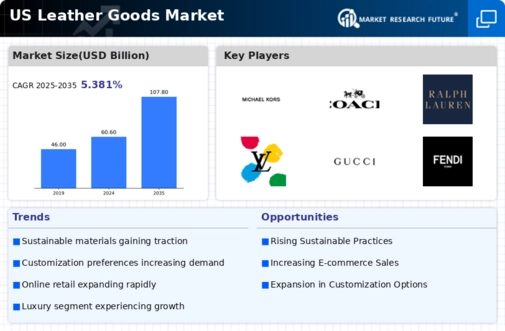
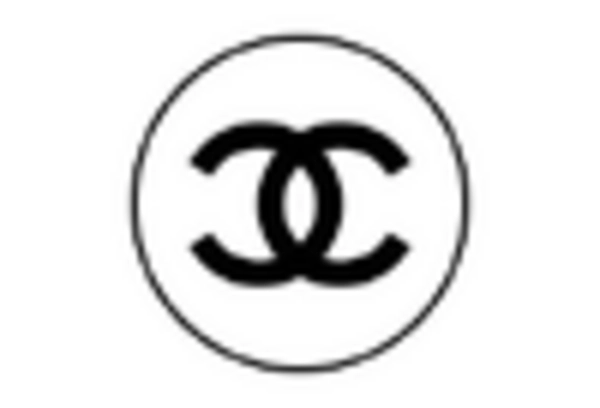
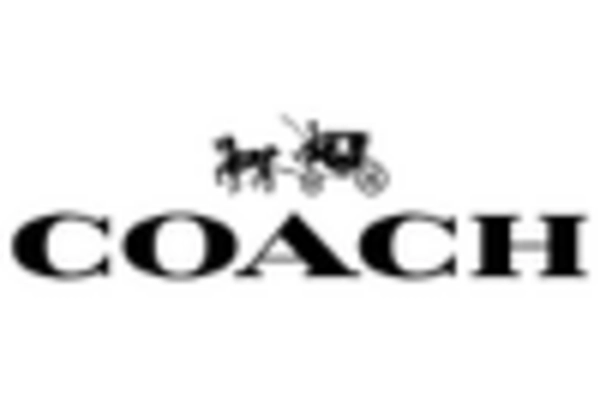
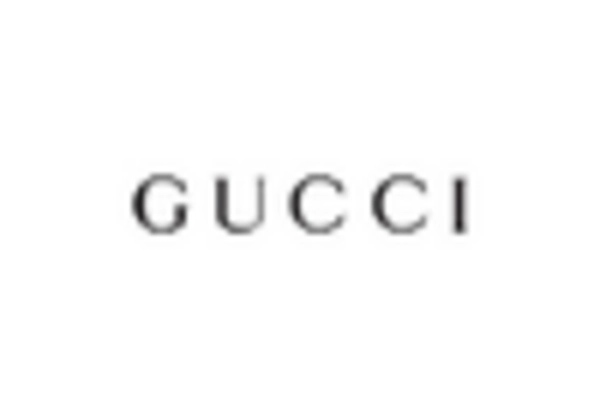
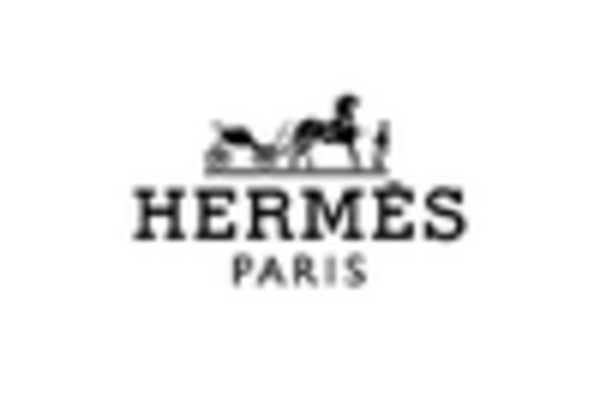
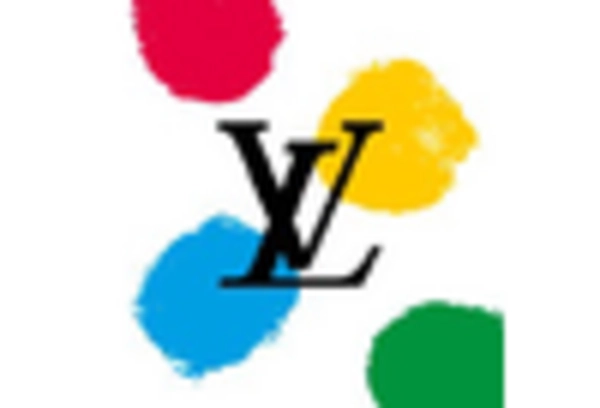









Leave a Comment